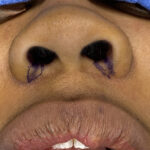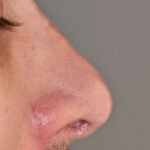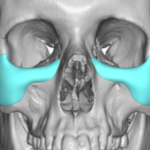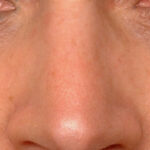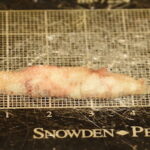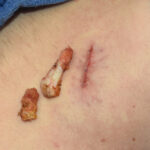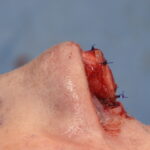Correction of Maxillary Deficiencies in Deviated Nose Rhinoplasty

Asymmetry of the nose occurs for a variety of anatomic reasons. Septal deviation, nasal bone asymmetries, upper lateral and lower alar cartilages differences and even the thickness of the nasal skin are all well recognized contributors to nasal asymmetries. Many standard rhinoplasty maneuvers can help improve the centric alignment of nasal appearance. One less recognized Read More…



